If your existing Windows 10 PC is running Windows 10 20H1 or later and meets the minimum hardware specificationsit will be able to upgrade to Windows 11. The upgrade rollout plan is still being finalized, but for most devices already in use today, we expect it to be ready sometime in early 2022. Not all Windows 10 PCs that are eligible to upgrade will be offered to upgrade at the same time.
To see if your PC is eligible to upgrade, refer to our knowledge base for a list of tested systems. Once the upgrade rollout has started, you can check if it is ready for your device by going to Settings/Windows Updates. Similar to how end users are notified when updates are available in Windows 10, end users will see an indication in the notification areas of the taskbar in the bottom right, that the upgrade is available.
More information on how that is presented will be available at a later date. Additional desktop notification options may be also be added at a later date. Again depending on your internet connection, the update might take 1-2 hours to completely get downloaded on your system.
While installing Windows 11, your system will restart several times, and it's completely normal. After the installation, your system will boot up with a new Windows 11, new start menu, new booting sound, eye-catchy wallpaper, and completely changed system UI. Most importantly, all your files and apps are still saved in their respective locations, you can check out them. Original equipment manufacturers can still ship computers without a TPM 2.0 coprocessor upon Microsoft's approval.
Some third-party software may refuse to run on unsupported configurations of Windows 11. He also acknowledged the expansion of Microsoft Store to include more "traditional" desktop applications. If your existing Windows 10 PC is running the most current version of Windows 10 and meets the minimum hardware specifications it will be able to upgrade to Windows 11. Not all Windows 10 PCs that are eligible to upgrade to Windows 11 will be offered to upgrade at the same time. The "windows insider" page says that my pc doesn't meet the minimum requirements for windows 11 but still i can still install the update through dev channel, so should i still install it?
Btw also checked the official microsoft website and it says that i need to be degrading back to w10. So if possible please tell us how to revert back to windows 10 from 11. Windows 11 requires modern hardware to run, but if your PC has a CPU released in the last 3-4 years, you're probably in luck. To provide enhanced security to its users, Microsoft is requiring all PCs to feature a specialized chip called a Trusted Platform Module, or TPM, of at least version 2.0. This chip is found in most modern CPUs and also many motherboards.
Computers built before 2017 may not be compatible, however, so it's important to take a close look at the minimum system requirements before opting into an upgrade. Microsoft has temporarily disabled its PC Health Check tool to update it for the Windows 11 release, but it promises to advise you of any compatibility issues you may be facing ahead of the upgrade. As part of the minimum system requirements, Windows 11 only runs on devices with a Trusted Platform Module 2.0 security coprocessor. According to Microsoft, the TPM 2.0 coprocessor is a "critical building block" for protection against firmware and hardware attacks. In addition, Microsoft now requires devices with Windows 11 to include virtualization-based security , hypervisor-protected code integrity , and Secure Boot built-in and enabled by default.
The operating system also features hardware-enforced stack protection for supported Intel and AMD processors for protection against zero-day exploits. Citing security considerations, the system requirements for Windows 11 were increased over Windows 10. While the OS can be installed on unsupported processors, Microsoft does not guarantee the availability of updates. Windows 11 removed support for 32-bit x86 CPUs and devices which use BIOS firmware. If you are facing an error along the lines of "This PC doesn't meet the minimum system requirements to install Windows 11" on the PC Health Check app, fret not, there is still a workaround and it works well.
In this method, you will have to create a bootable USB and manually install Windows 11. It will only wipe the C drive, including files and programs stored within the C drive, and not touch other partitions. Unless you crave the cutting edge, it's okay to wait on upgrading for now. Windows updates are exciting and it can be tempting to be on the ground floor for any major technology release.
Jumping into a preview build isn't for the faint of heart. Bugs can happen, sometimes big ones that can leave you rolling back to a previous operating system version. More frequently, you'll find that certain features just aren't finished yet and the experience isn't as polished as it will eventually become. You'll be one of the first to experience those exciting new features but it often demands more patience as they continue to be developed.
If your computer meets the minimum requirements to run Windows 11, you can sign up for the Windows Insider Program today and download the update today. If you'd rather wait for the official release, which will also be free for eligible Windows 10 users, the only thing to do at this point is wait. Once it's available, you'll either be able to download directly through the Windows Update tool or as a standalone download from Microsoft.
As we mention above, if you do decide to try the preview version, be sure to back up your computer and prepare to encounter a few bugs in this early release. To put it precisely, if your PC or laptop has a 7th Gen Intel Core or AMD Zen 1 processor and meets other hardware requirements, it will run the Windows 11 preview build. The stable build of Windows 11 will, however, not support these two CPU families, according to what Microsoft has necessitated at this moment. But Microsoft may change its stance at the time of release depending on the feedback that it will get on the Windows 11 preview build.
As such, if your PC or laptop is getting on a bit, you should check it meets Microsoft's minimum hardware requirements for Windows 11 before initiating the upgrade process. Annoyingly, it looks like its requirement for a TPM chip will be the undoing of many a self-made PC, as many consumer motherboards don't actually have one as standard. You'll also need to make sure Secure Boot is enabled in your BIOS - otherwise the PC Healthcheck app will say your PC isn't eligible for an upgrade. Although Windows 11 is a free upgrade for existing devices running Windows 10, the hardware needs to meet the minimum requirements to continue with the installation process. In a nutshell, you need an Intel's 8th Gen or newer, AMD Zen 2 or newer, or Qualcomm 7 and 8 Series processor.
This is in addition to the requirements of TPM 2.0 and Secure Boot and a minimum of 64GB of storage. For productivity, the operating system will now feature native Microsoft Teams integration. Microsoft says this will make it easier to connect with friends and colleagues across devices by adding Teams functionality right into the start menu and taskbar.
If you use Windows on a laptop with an external display, Windows 11 will also remember the position of windows on that screen when disconnected and will restore them once it's plugged back in. Windows 11 brings a number of enhancements to Windows users, including a new look, multitasking enhancements, improved gaming performance, Android app support, and more. Aesthetically, it will have a new, frosted glass look, and a reworked start menu, now known as the Dock, optimized for touch input on the latest devices.
Users will be able to rearrange windows into new arrangements, like a 4x4 grid, using Snap Layouts that can then be saved into Snap Groups and recalled later. The desktop will also be enhanced with the addition of Windows Widgets, an AI-driven feed of updates based on your interests and daily tasks, including daily calendar updates, traffic, weather, sports, and more. Internet Explorer has been replaced by the Chromium-based Microsoft Edge as the default web browser, and Microsoft Teams is integrated into the Windows shell. Microsoft also announced plans to allow more flexibility in software that can be distributed via Microsoft Store, and to support Android apps on Windows 11 . Our launch approach to Windows 11 leverages the well-established systems and processes used for the 1.3 billion Windows 10 devices we have shipped and serviced for over five years.
We will use a measured and phased process in offering Windows 11 as we have done with Windows 10 feature updates. Our objective is to provide you with a smooth upgrade experience. We will begin to offer the upgrade to eligible new devices first1,2. Then, as with previous rollouts, we will study device health data and other signals to determine the pace at which Windows 11 is offered via Windows Update.
Once you complete the steps, the package will download, and you can then use it to upgrade any computer that meets the minimum requirements. However, you will need an internet connection to proceed with the upgrade. Once you complete the steps, the tool will download the files and create an installation media, which you can then use to upgrade a compatible computer to Windows 11. As I've noted in past blogs, being on the latest version of Windows provides you with the best in creativity, protection and productivity.
Windows 11's minimum system requirements enable a new era of experiences, reliability and security. AsPanos Panay shared in June, this is the first version of a new era of Windows. And, for customers who are using a device that is not eligible for Windows 11, Windows 10 is a great place to be. Windows 10 will be serviced through Oct. 14, 2025and we previously announced that the next feature update to Windows 10 is coming very soon, continuing to offer you both support and choice with Windows. After you complete the steps, repeat the instructions to back up the files on the remaining accounts .
In addition to making a copy of your files, it's also recommended to create a list of the installed programs with their respective product keys to know what you need to reinstall in the new setup. If you usually do not sync passwords and bookmarks with an online service, this is a good time to export your browser credentials and links. If you have had the same installation for a long time, you might need to analyze and repair the current setup to fix missing or damaged files. Otherwise, during the upgrade process, the chances of running into issues will be high.
However, if you plan to proceed with a clean installation using a bootable USB flash drive, then you can't skip this suggestion since the previous installation will be erased during the process. After you complete the steps, the device should be able to boot from a USB installation media and pass the minimum system requirements check. Furthermore, if you plan to upgrade with a clean installation, you will also need to make sure the computer can start from a USB flash drive. For example, even though Windows 11 is available as a free optional update for Windows 10, the device must meet the new system requirements. Otherwise, you won't be able to proceed with the setup. You need to ensure that the Trusted Platform Module and Secure Boot are enabled on the computer.
How To Upgrade Windows 10 To 11 You also need to make sure the device has enough space and there are no problems before continuing with the upgrade. Furthermore, you want to create a backup in the case you need to roll back, check the activation status, and create installation media. Windows 11 has been rolled out as an upgrade to Windows 10, with Microsoft offering a seamless process to simply transition to the new version without losing your data. Again, this update is only available to computers that meet the minimum system requirements and are running a licensed version of Windows 10. It's not imperative that you upgrade your system to Windows in the next couple of weeks, or even months.
For many people, that's about the time to upgrade to a newer device, one that will come with Windows 11 already installed. If your existing Windows 10 PC is running Windows 10 20H1 or later and meets the minimum hardware specifications it will be able to upgrade to Windows 11. To see if your PC is eligible to upgrade, refer to our supported computer lists.
All HUAWEI PCs with Windows 10 currently being sold on HUAWEI Consumer BG website will be able to upgrade to Windows 11. For the PC to be able to upgrade to Windows 11, it must meet the minimum hardware specifications and specific hardware is required for some features. The upgrade rollout plan is still being finalized but is scheduled to begin late in 2021 and continue into 2022.
Devices that do not meet the minimum system requirements will remain on Windows 10 and continue to be supported with security updates. Customers using long term service releases will continue to be supported through the published end of support dates. For more information about Windows 10 support, see HP products tested with Windows 10.
You can refer to our knowledge base for a list of tested systems to determine if your device eligible to upgrade to Windows -11. Many PCs that are less than four years old will be able to upgrade to Windows 11. They must be running 20H1 or later version of Windows 10 and meet the minimum hardware requirements to receive the Windows 11 upgrade. All Dell PCs with Windows 10 currently being sold on dell.com will be able to upgrade to Windows 11.
Click Next to have Windows 11 check for any updates, then accept the license terms. The Ready to install screen shows that Windows 11 will be installed and that your personal files and apps will be kept. You can then elect to keep personal files and apps, personal files only, or nothing.
That doesn't mean you can't get your hands on the new OS sooner. By signing up for the Windows Insider Program, you can download a preview build and begin enjoying Windows 11 now if your PC meets the minimum system requirements. These builds are considered previews for a reason and often have bugs and missing features that are still being developed, however.
Be sure to back up your PC before completing the upgrade. Before you commence the steps in this section, I strongly recommend that you save your files. At some point during the installation, Windows 11 installation screen will be displayed. Also, before you start the Windows 11 installation, ensure that you check for pending updates on Windows 10 and install them.
Finally, make sure that you have activated Windows 10 before you proceed. A Microsoft account is mandatory to access all features. With the Windows Update not offering to install Windows 11 on many computers, there is much confusion about how exactly one is to get the latest version on their PC. Sure, you can always download an ISO file and create a bootable USB drive, but installing from such means requires you to lose your files and apps. Obviously, the installer will only work if your computer is otherwise eligible for Windows 11.
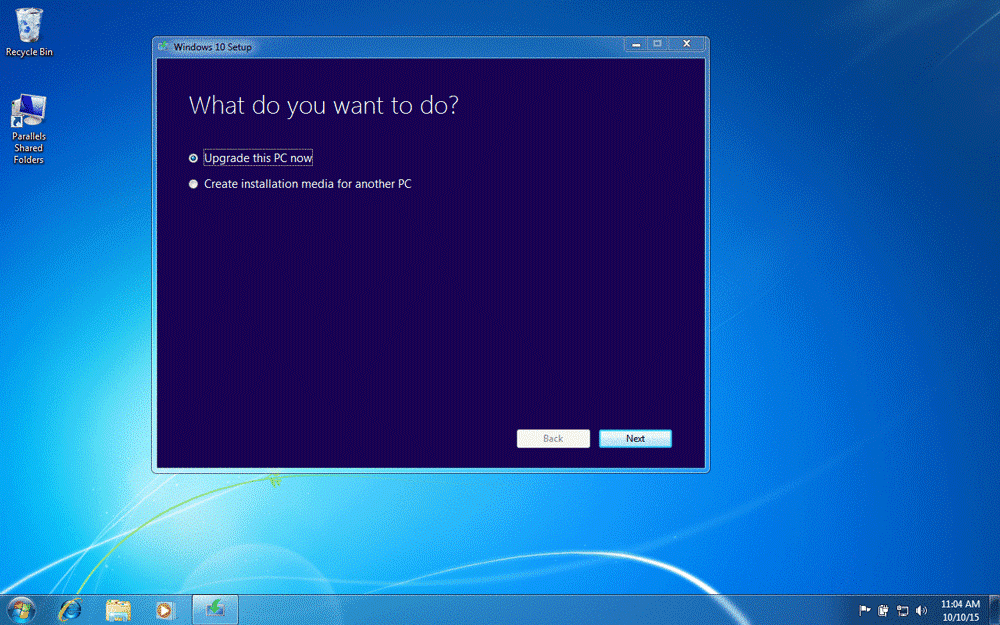

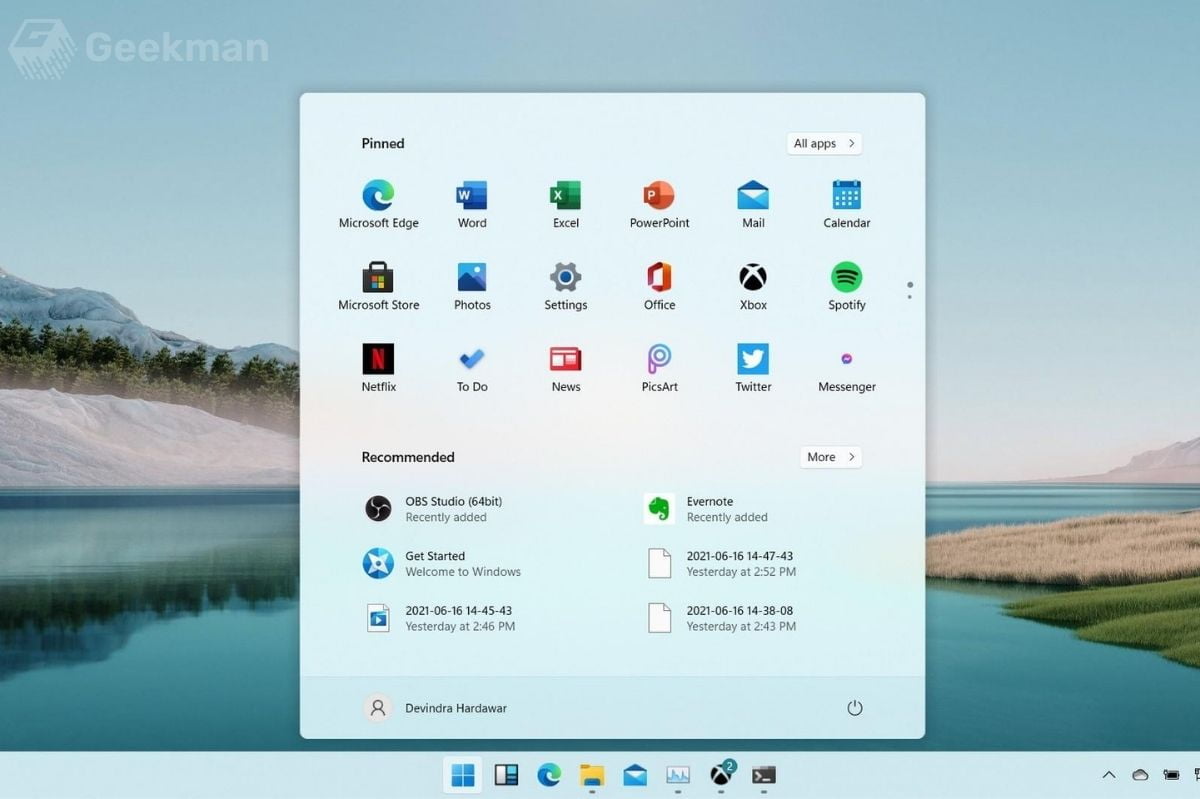



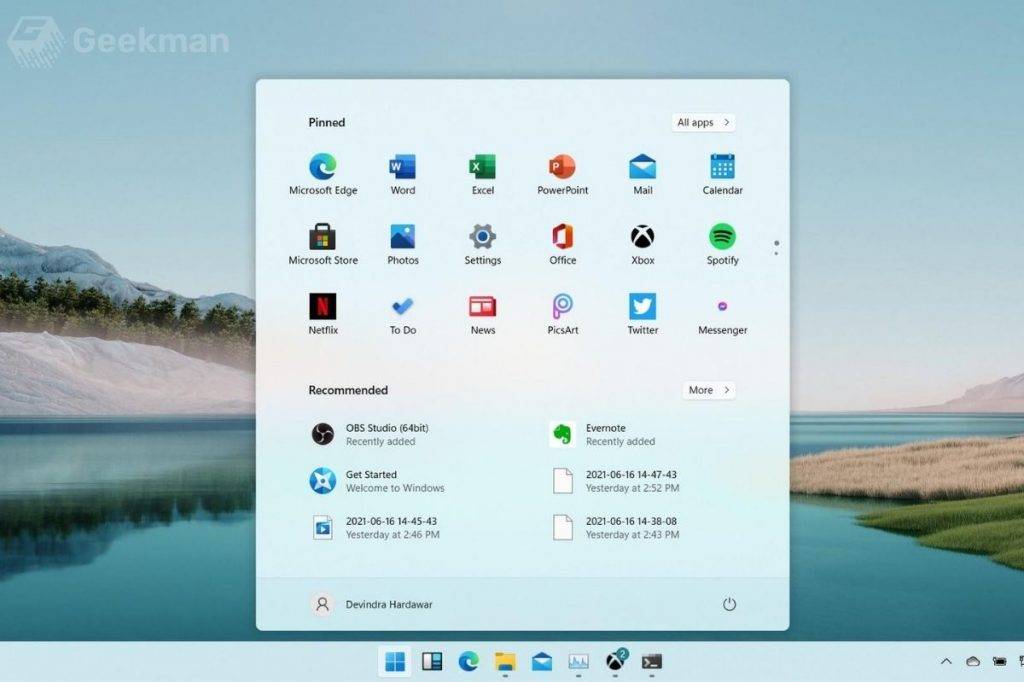


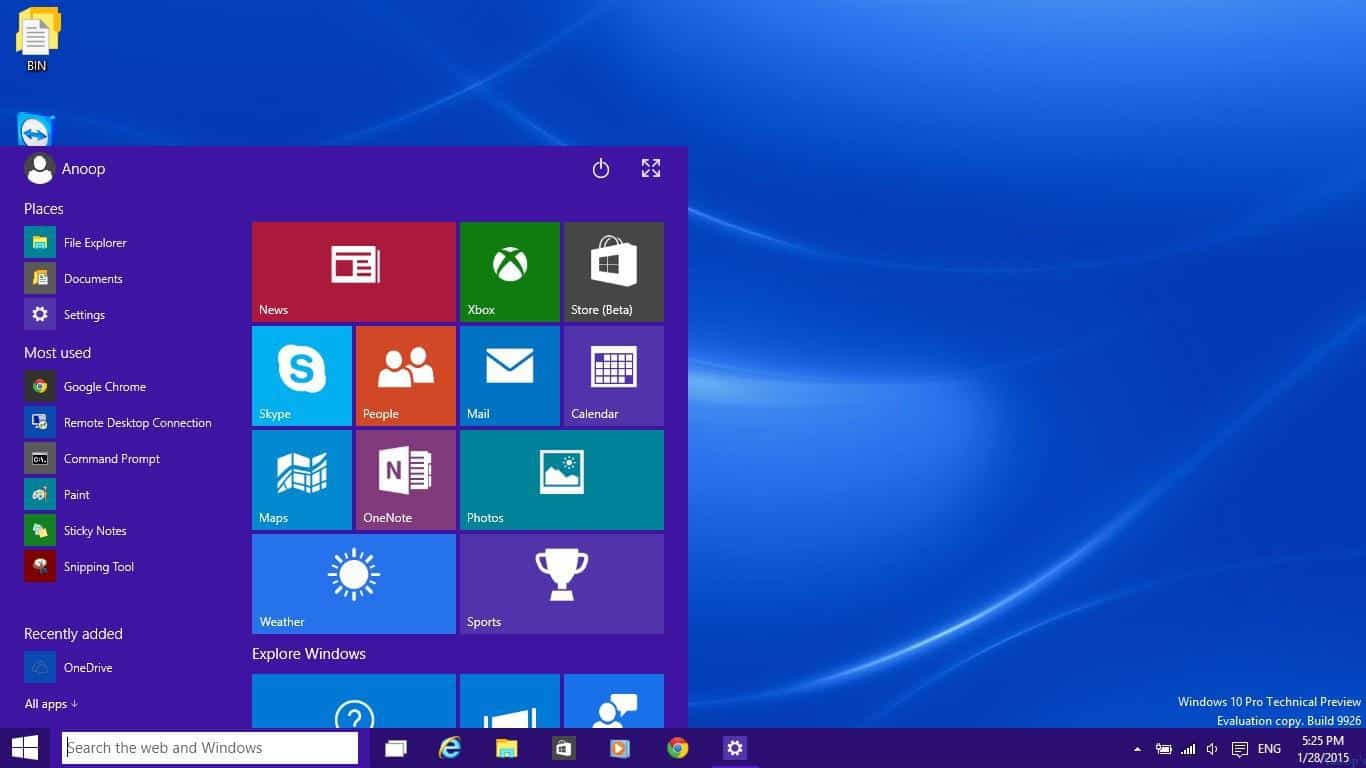
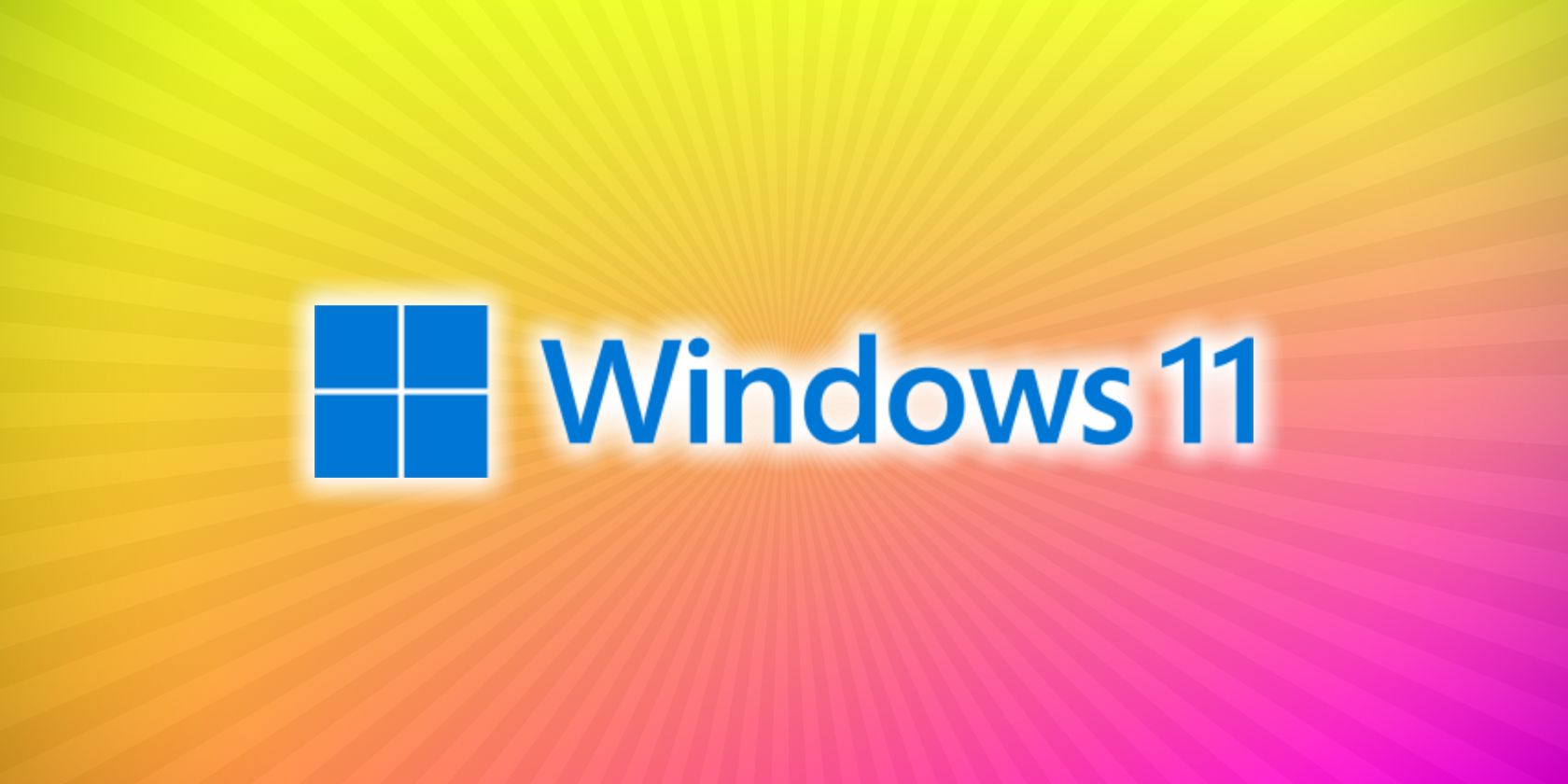











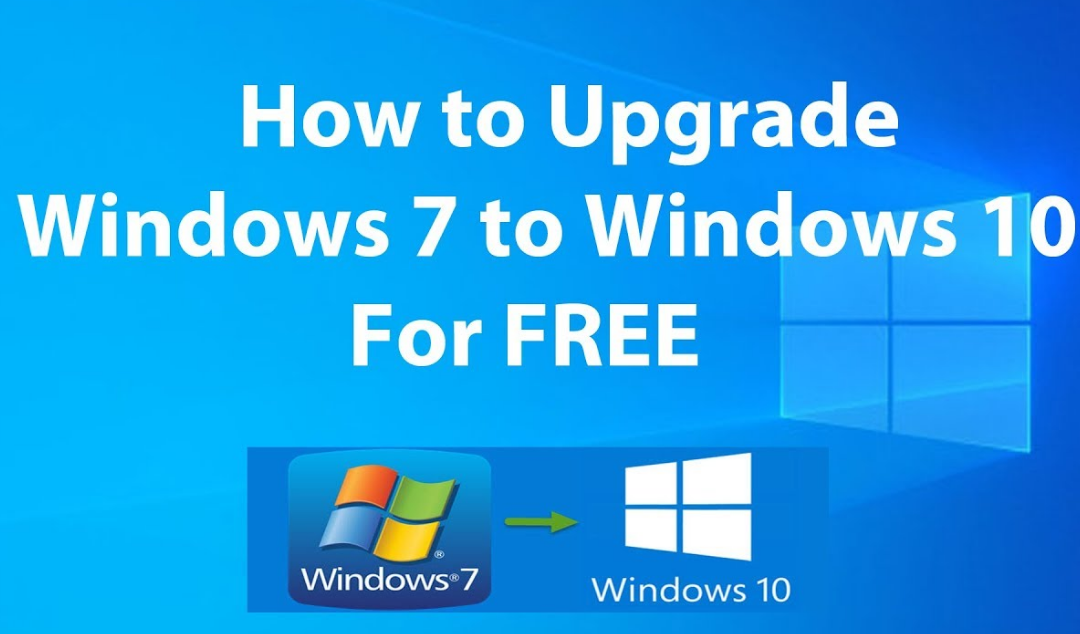




No comments:
Post a Comment
Note: Only a member of this blog may post a comment.